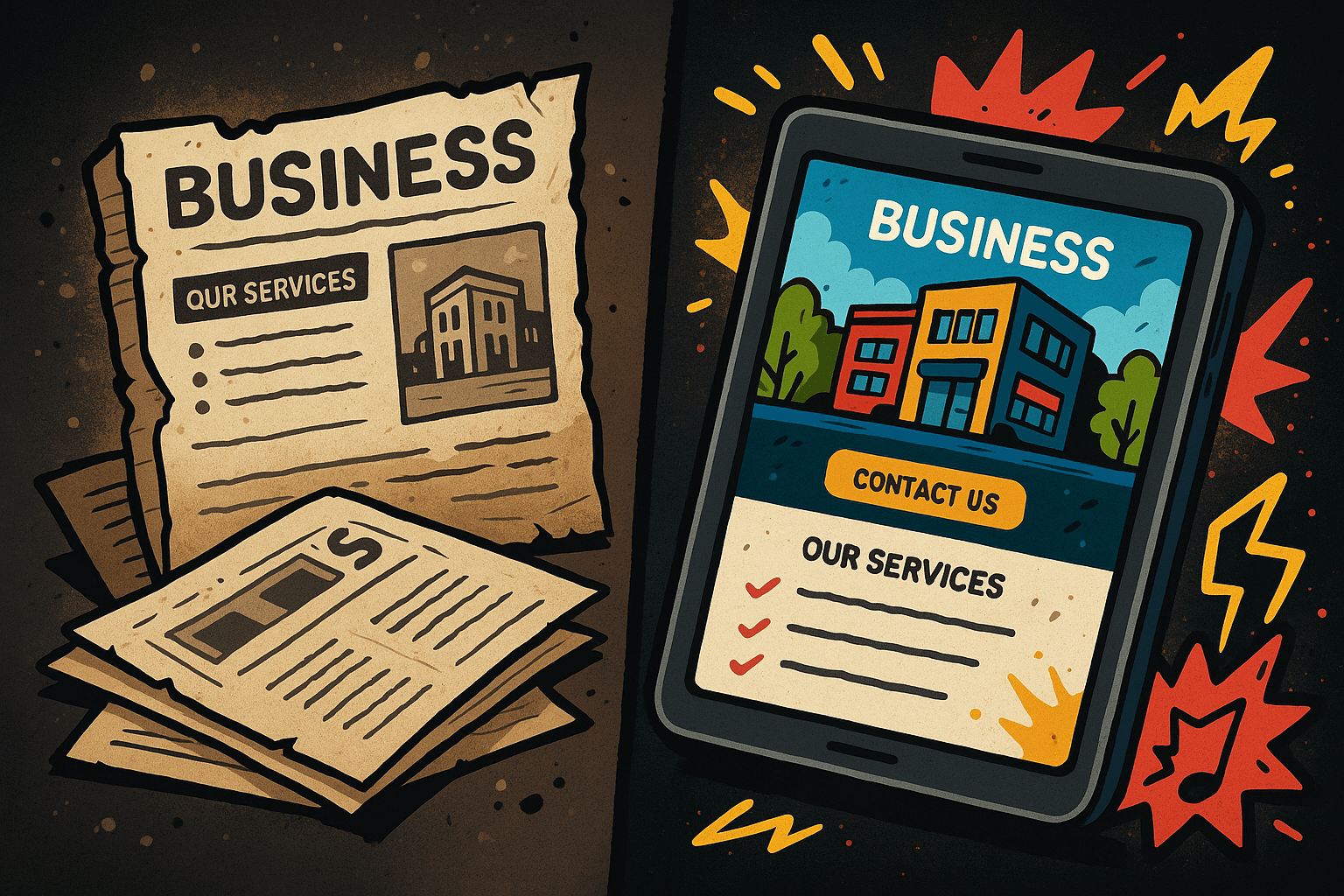The Brand Behind the Bot: Recapping the 9 Brand Pillars Your AI Needs to Know
We’ve spent the last 8 episodes diving deep into what makes AI brand-aligned, memorable, and actually useful in your business.
This episode is the recap — and if you’re only going to watch one from the whole series, this is the one.
Because whether you’re deploying AI through GPTs, automation tools, or full-blown CRM systems, it all comes back to one thing:
If your AI doesn’t know your brand, it’s going to make it up.
What Is the “Brand Behind the Bot”?
It’s not fluff. It’s not a style guide.
It’s your operating system for AI — a way to scale your voice, personality, and strategy across every platform.
Most people try to build AI into their business without giving it direction.
And then they wonder why the outputs sound robotic, boring, or worse — off-brand.
The Brand Behind the Bot is the foundation we use at Sandbox Media to fix that.
Why Brand Pillars Matter for AI
Here’s what most businesses get wrong:
They try to scale with AI before their brand is properly defined.
They think ChatGPT is going to magically “get” their tone.
They expect automated emails to sound personal.
They believe AI can replace their best salesperson — without feeding it the right strategy.
It doesn’t work that way.
AI is not a strategist.
It’s a scaler.
It’s going to amplify whatever you give it — good or bad.
And that’s where the Brand Pillars come in.
The 9 Brand Pillars (Recap)
Here’s what your AI needs to understand about your business before it can represent you:
1. Brand Name & Summary
Your elevator pitch. One sentence. Clear, no fluff. If your AI can’t say it quickly, your audience won’t get it either.
2. Brand Vision
Where are you headed? What do you stand for? AI can’t help move your company forward if it doesn’t know the destination.
3. Slogan
Not just a catchy line. Your slogan should claim your category and signal your unique position in the market.
4. Core Values
These are your decision filters. When AI needs to “choose” between two responses, your values guide the tone and direction.
5. Offer
What are you actually selling? What’s the transformation? Vague offers confuse customers — and confuse your AI.
6. Brand Voice
Formal? Friendly? Playful? Professional? If you don’t define your voice, AI will sound like every other brand.
7. Customer Avatar
Know who you’re talking to. What do they need, believe, and struggle with? AI needs this clarity to write with empathy.
8. Brand Avatar
Your brand’s personality. Think of it as your company’s “persona” — how it walks, talks, jokes, and handles business.
9. AI Brand Blueprint
This is how you encode all the above into your AI tools — so GPTs, bots, and automations stay perfectly on-brand.
What Happens If You Skip This?
Let’s be blunt:
- Your chatbot will sound awkward
- Your CRM sequences will feel generic
- Your GPT content won’t convert
- Your brand will fade into the noise
Worst of all? You’ll waste hours rewriting AI outputs that “almost got it right.”
And that’s the real cost of skipping strategy.
What a Brand-Aligned AI Looks Like
Here’s what happens when you get this right:
✅ AI-generated social posts sound like your best content writer
✅ Chatbots don’t just answer questions — they reflect your brand
✅ GPTs actually understand your industry, tone, and values
✅ Every message — across every channel — feels consistent
✅ Your brand starts to scale without losing itself
We’ve seen it happen.
We’ve helped clients do it.
And we’ve built our own AI suite — including Sandbots — around these exact principles.
Your Next Step
You don’t need another AI tool.
You need a foundation those tools can build on.
📌 Audit your brand: Are these 9 elements defined?
📌 Create your AI Brand Blueprint: Need help? That’s our specialty.
Because the future of AI marketing isn’t automation. It’s amplification — and you need to be sure you’re scaling the right message.
Related Links
- What Are Sandbots?
- Watch all episodes of Brains, Bots n’ Business
- Book your AI policy consult




